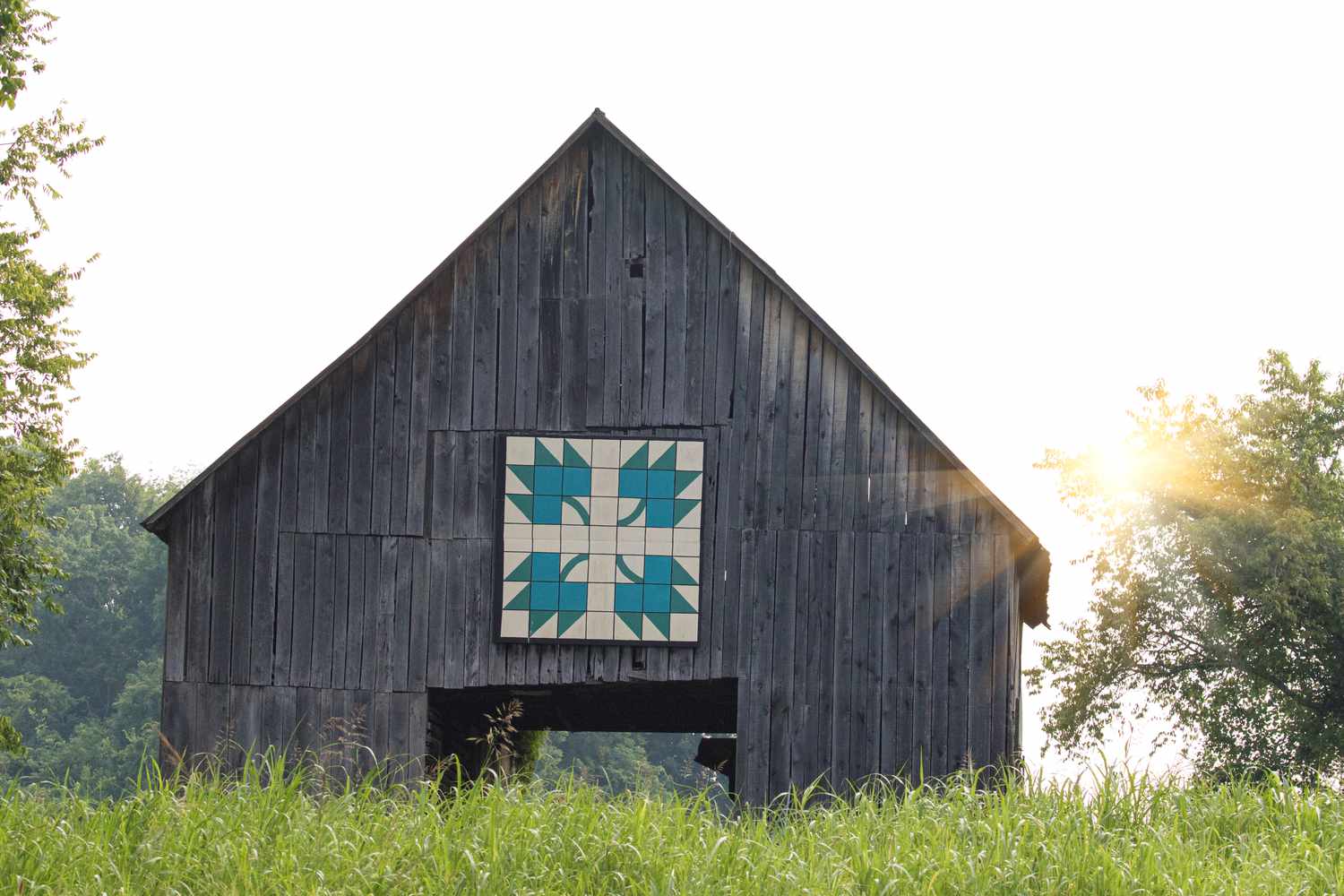

Articles
What Do Quilt Patterns On Barns Mean
Modified: January 19, 2024
Learn about the hidden messages behind quilt patterns on barns in our informative articles. Discover the fascinating history and meaning behind these unique rural symbols.
(Many of the links in this article redirect to a specific reviewed product. Your purchase of these products through affiliate links helps to generate commission for Storables.com, at no extra cost. Learn more)
Introduction
In rural areas across the United States, it’s not uncommon to spot colorful geometric patterns adorning the sides of barns. These patterns, known as barn quilts, have become increasingly popular in recent years and have sparked curiosity about their meaning and significance. While they may seem purely decorative, barn quilts actually have a rich history and cultural significance that stretches back for generations.
The tradition of painting quilt patterns on barns can be traced back to the early 19th century when quilting was an essential part of daily life for many rural communities. Quilts were not only practical items used for warmth but were also prized possessions that showcased the artistry and creativity of the women who made them.
As the years went by, quilting techniques and patterns became part of the cultural identity in rural America. Each quilt pattern held its own symbolic meaning, often passed down through generations. Quilt patterns were reflective of the values, stories, and traditions of the community.
Fast forward to the present day, and the tradition of barn quilts has experienced a resurgence. Communities have embraced this unique form of public art as a way to celebrate their heritage, beautify their surroundings, and foster a sense of community pride.
In this article, we will explore the historical background of barn quilts, delve into the meaning behind quilt patterns, discuss common quilt patterns used on barns, examine regional variations, and highlight the significance of these patterns on barns. We will also explore the cultural impact of barn quilts and the sense of community engagement they inspire.
So, let’s embark on a journey into the fascinating world of barn quilts and discover the stories these vibrant patterns tell on the sides of rural barns.
Key Takeaways:
- Barn quilts are more than just colorful displays; they represent the enduring legacy of quilting, fostering community pride, preserving heritage, and adding vibrancy to rural landscapes.
- The tradition of barn quilts reflects the artistry, history, and cultural significance of rural America, creating connections, celebrating diversity, and inspiring community engagement.
Read more: Why Do Barns Have Quilt Patterns
Historical Background
The tradition of barn quilts finds its roots in the early days of settlement in America. Quilting was a necessary skill in rural communities, where women would gather to create intricate quilts using scraps of fabric to provide warmth during the harsh winters.
Over time, quilting became a way for women to express their creativity and share their stories through art. Each quilt pattern was carefully chosen and stitched, often representing a personal or community story or symbolizing a significant event or life milestone.
As quilting became more prevalent, the vibrant and intricate patterns caught the attention of neighbors and passersby. In the early 20th century, quilts were sometimes hung on the sides of barns to be aired out or aired as part of a community gathering. This practice eventually evolved into painting quilt patterns directly on barns, resulting in the birth of the barn quilt tradition.
The modern barn quilt movement gained momentum in the early 2000s, when Donna Sue Groves, an Ohio woman, painted a quilt square on her own barn as a way to honor her mother’s quilting heritage. This simple act sparked widespread interest, and soon, barn quilt trails started to emerge across the country, with communities coming together to paint and display their own colorful barn quilts.
Today, barn quilts can be found in almost every state, with each one telling a unique story and reflecting the local culture and history. They have become an important part of rural America’s identity, preserving the tradition of quilting and celebrating the artistic spirit and craftsmanship of generations past.
The historical significance of barn quilts lies not only in the preservation of quilting traditions but also in the sense of community and connection they foster. By creating and displaying barn quilts, communities come together to celebrate their shared heritage, promote tourism, and create a sense of pride in their surroundings.
Now that we have explored the historical background of barn quilts, let’s dive deeper into the meaning behind the quilt patterns themselves.
The Tradition of Barn Quilts
The tradition of barn quilts is a unique form of public art that has gained popularity across rural communities in the United States. It involves painting large quilt patterns on the sides of barns, transforming them into vibrant and eye-catching displays.
The tradition originated from the rich history of quilting in rural America. Quilting was not only a practical skill but also a creative outlet for women in these communities. Quilts were meticulously stitched together using various fabrics and patterns, creating beautiful works of art that showcased the craftsmanship and storytelling traditions of the region.
As the tradition of barn quilts evolved, it became a way to celebrate and honor the artistry of quilting while also brightening up the landscape. Barn owners and community members would come together to paint quilt patterns on the sides of old or new barns, showcasing their creativity and paying homage to their heritage.
The process of creating a barn quilt involves careful planning and execution. First, a quilt pattern is chosen, often with historical or personal significance. The pattern is then transferred onto a large board or panel, which is typically made from weather-resistant materials to ensure the longevity of the artwork.
Once the panel is prepared, it is meticulously painted, often following traditional quilt patterns and using a combination of vibrant colors. The completed barn quilt panel is then attached to the side of the barn, turning it into a colorful mural that tells a story and adds visual interest to the surroundings.
The tradition of barn quilts has become more than just a form of public art; it has become a symbol of community pride and identity. Barn quilt trails have emerged in various regions, where visitors can follow a designated route to discover and appreciate the unique quilt patterns on different barns.
These trails attract tourists and locals alike, fostering a sense of community engagement and promoting tourism in rural areas. They serve as a way to preserve and promote the art of quilting and connect communities through their shared love for craftsmanship and storytelling.
Overall, the tradition of barn quilts is a testament to the enduring legacy of quilting in rural America. It brings together art, history, and community, creating a visual representation of the vibrant cultural heritage of these areas.
Now, let’s explore the meaning behind the quilt patterns used on barns and the stories they tell.
The Meaning Behind Quilt Patterns
Quilt patterns have a long-standing tradition of carrying symbolism and meaning. Each pattern holds its own story and significance, often reflecting the values, experiences, and cultural heritage of the quilter and the community. When these patterns are painted on barns as barn quilts, they continue to convey these messages and add an extra layer of meaning to the artwork.
One common quilt pattern that holds deep meaning is the “Log Cabin” pattern. This pattern represents the hearth and home, symbolizing the importance of the family and the warmth and security found within the household. It is often associated with stability, unity, and the idea of building a strong foundation.
Another popular pattern is the “Star” pattern. Stars have long been associated with inspiration, aspiration, and guidance. The star pattern on barn quilts can serve as a reminder to reach for the stars, strive for excellence, and embrace the importance of hope and dreams.
The “Flying Geese” pattern is yet another quilt pattern with significant meaning. It reflects the spirit of migration and adventure, symbolizing the idea of overcoming obstacles and embracing new beginnings. It can be seen as a tribute to the resilience and bravery of individuals who venture into unknown territories.
Other quilt patterns, such as the “Sawtooth”, “Ohio Star”, and “Nine-Patch”, also carry their own symbolism and are often chosen for their historical, cultural, or personal significance. These patterns may represent community pride, honor the quilter’s heritage, or commemorate significant events or milestones.
It is worth noting that the meaning behind each quilt pattern can vary across different regions and communities. Some patterns may have specific cultural or historical connections to a particular area, while others may be more universally recognized and understood.
When these quilt patterns are painted on barns as barn quilts, they become a visual representation of the cultural heritage and stories of the community. They serve as a reminder of the values, traditions, and collective experiences that have shaped the community and contribute to the preservation of local history.
As you travel along barn quilt trails, take a moment to appreciate the intricate details and vibrant colors of these patterns. Consider the stories and messages they carry, and how they contribute to the tapestry of rural American history and culture.
Now, let’s explore some of the common quilt patterns used on barns and their significance in more detail.
Common Quilt Patterns Used on Barns
When it comes to barn quilts, a variety of quilt patterns can be found adorning the sides of rural barns across the United States. Each pattern has its own unique design and symbolism, adding beauty and meaning to these structures. Let’s explore some of the common quilt patterns used on barns:
1. Log Cabin Pattern: The Log Cabin pattern is one of the most popular and widely recognized quilt patterns. It consists of strips of fabric arranged around a central square, representing the image of a traditional log cabin. This pattern symbolizes the concept of home, warmth, and stability, making it a fitting choice for barns that represent the heart of a working farm or a community gathering place.
2. Star Pattern: Stars are a common motif in quilt patterns and are frequently used in barn quilt designs. Whether it’s the traditional Lone Star, Ohio Star, or various other star patterns, these designs often symbolize guidance, hope, and aspirations. The star pattern is visually striking and can add a touch of celestial charm to barns, catching the eye of passersby.
3. Flying Geese Pattern: The Flying Geese pattern features a stylized representation of geese in flight, with rows of triangles forming a V shape. This pattern symbolizes movement, growth, and the spirit of adventure. Its inclusion on barns can evoke a sense of exploration and the courage to embark on new endeavors.
4. Nine-Patch Pattern: The Nine-Patch pattern is a classic quilt design made up of nine square blocks. Often alternating light and dark fabrics, this pattern represents simplicity and balance. Its clean, symmetrical lines make it a visually pleasing choice for barns, conveying a sense of harmony and order.
5. Bear Paw Pattern: The Bear Paw pattern is inspired by the shape of bear tracks, with elongated triangles forming a paw-like motif. This pattern holds special meaning for some Native American communities and is associated with strength, leadership, and connection to nature. It can add a touch of cultural significance to barns in specific regions.
6. Sunbonnet Sue and Overall Sam: Sunbonnet Sue and Overall Sam are whimsical quilt patterns featuring figures in sunbonnets and overalls, respectively. These charming designs have become popular choices for barn quilts, evoking a sense of nostalgia and celebrating simpler times. They can also represent the importance of hard work and remembering the traditions of the past.
These are just a few examples of the many quilt patterns used on barns. Each pattern has its unique charm and can be chosen to reflect the interests, heritage, or personal stories of the barn’s owners or the local community.
Over time, communities may also create their own original designs, combining elements from various quilt patterns or incorporating local symbols and imagery. These custom designs further enhance the individuality and personalization of barn quilts, making each one a work of art that tells a story and adds vibrancy to the rural landscape.
Next, let’s examine how quilt patterns on barns can vary across different regions, showcasing the diversity and cultural richness of American quilting traditions.
Look for quilt patterns on barns to learn about the history and culture of the area. Each pattern has a unique meaning and can provide insight into the community’s heritage.
Read more: How Do You Make A Barn Quilt
Regional Variations in Quilt Patterns
Quilt patterns on barns not only reflect the individuality and personal stories of the barn owners and communities but also showcase the regional variations in quilting traditions. Across different parts of the United States, there are distinct styles and patterns that are associated with specific regions. Let’s explore some of the regional variations in quilt patterns:
1. Amish Quilts: The Amish community, known for their craftsmanship and quilting traditions, have left a significant imprint on the quilt patterns seen on barns in regions such as Pennsylvania and Ohio. Amish quilts often feature bold and vibrant geometric designs, with patterns such as the Log Cabin, Diamond in a Square, and Irish Chain being particularly prominent.
2. Appalachian Quilts: In the Appalachian region, which spans from parts of southern New York to Mississippi, quilt patterns often reflect the natural surroundings and local culture. Patterns like the Feathered Star, Basket, and Pine Tree patterns are commonly found on barns in these areas, showcasing the connection to the mountains and the traditional crafts of the region.
3. Southern Quilts: The Southern United States has its own distinct quilting traditions, with patterns that embody the rich history and cultural heritage of the region. Patterns like the Mariner’s Compass, Carolina Lily, and Confederate Rose are often seen on barns in states such as North Carolina, Tennessee, and Georgia, reflecting the Southern charm and storytelling traditions.
4. Midwestern Quilts: The Midwest, often referred to as the heartland of America, has a strong quilting tradition that is reflected in the patterns found on barns across the region. Quilt patterns like the Sunflower, Corn and Beans, and Windmill are popular choices, symbolizing the agricultural roots and the abundant beauty of the Midwest landscape.
5. Western Quilts: In the western states, the quilt patterns on barns often reflect the rugged landscapes and Native American influence. Patterns like the Navajo-inspired designs, Western Star, and Cowboy Boot can be seen on barns in states such as Texas, New Mexico, and Arizona, honoring the Western heritage and celebrating the connection to the land.
These regional variations in quilt patterns add another layer of cultural richness and diversity to the barn quilt tradition. By showcasing the quilt patterns associated with their specific regions, communities not only pay homage to their local heritage but also contribute to the overall quilt story of America.
It’s important to note that while these regional styles and patterns have historical roots, they have also evolved and adapted over time. Quilters and barn owners may incorporate elements from different regions or create their own unique designs, reflecting the influence of various quilting traditions and personal creativity.
Next, let’s explore the significance of quilt patterns on barns and the impact they have on the community and culture.
The Significance of Quilt Patterns on Barns
The quilt patterns painted on barns hold significant meaning for both the communities that create them and the individuals who pass by and admire them. These patterns have a profound impact on the cultural, historical, and aesthetic aspects of rural America. Let’s explore the significance of quilt patterns on barns:
1. Preservation of Heritage: Barn quilts serve as a visual reminder of the rich quilting traditions and cultural heritage of the region. By displaying quilt patterns on barns, communities honor their ancestors and preserve the craftsmanship, skills, and stories that have been passed down through generations. It is a way of keeping these traditions alive and ensuring that they are not forgotten.
2. Community Identity: The creation and display of barn quilts foster a sense of community pride and identity. The quilt patterns chosen often reflect the values, history, and local traditions of the community. They become a tangible symbol of unity, creativity, and shared experiences. Barn quilts bring people together, encouraging collaboration, and community engagement.
3. Cultural Tourism: Barn quilt trails, where visitors can explore a series of barns adorned with quilt patterns, have become popular attractions. These trails draw tourists from near and far, promoting cultural tourism and boosting the local economy. The presence of barn quilts can enhance the appeal of rural areas, offering a unique and visually captivating experience.
4. Beautification and Preservation: Barn quilts add a touch of color and beauty to the countryside. These vibrant displays transform plain barns into works of art, creating visual interest and enhancing the aesthetic value of the surroundings. Additionally, the paintings help protect the barn siding from weathering and contribute to the preservation of these historic structures.
5. Storytelling and Connection: Each quilt pattern on a barn tells a story. Whether it’s a personal narrative, a reflection of local history, or a celebration of community values, the barn quilts invite conversation and spark curiosity. They encourage conversations among community members and create connections between people from different backgrounds, fostering a sense of shared heritage.
6. Sense of Belonging: Barn quilts instill a sense of belonging and pride among those who display them. Barn owners often choose quilt patterns that hold personal meaning, connecting them to their family history or local culture. Seeing these patterns on barns creates a sense of ownership and emotional attachment to the places that people call home.
The significance of quilt patterns on barns extends beyond their visual appeal. They go hand in hand with the values of tradition, creativity, community, and cultural preservation. These quilts are a testament to the enduring spirit and resilience of rural America.
Now, let’s explore the wider cultural impact of barn quilts and how they engage the community.
Cultural Impact and Community Engagement
The presence of barn quilts in rural communities has a profound cultural impact, creating a sense of identity, fostering community engagement, and preserving local heritage. Let’s explore the cultural impact and community engagement of barn quilts:
1. Community Bonding: The process of creating barn quilts often involves community members coming together. Whether it’s a community painting day or a quilting bee, these activities promote collaboration, communication, and a sense of unity. Working collectively to paint quilt patterns on barns strengthens social bonds and builds a stronger sense of community among residents.
2. Promoting Local Artists and Economy: Barn quilts provide a platform for local artists, showcasing their talent and creativity. Quilt artists and painters are often commissioned to create unique designs and paint the patterns on barns. This not only supports local artists but also contributes to the local economy by attracting visitors and driving tourism.
3. Educational Opportunities: Barn quilts offer educational opportunities for both residents and visitors. They provide a chance to learn about the rich history and cultural heritage of the region through the stories and symbolism behind each quilt pattern. Local organizations and quilt guilds often host events, workshops, and guided tours that allow individuals to delve deeper into the art of quilting and its significance.
4. Sense of Pride and Identity: Barn quilts generate a strong sense of pride and identity within communities. Displaying quilt patterns on barns signifies a commitment to preserving and honoring the local heritage and traditions. It showcases the unique creativity and cultural richness of the community, instilling a sense of belonging and pride among residents.
5. Tourism and Economic Development: Barn quilt trails and tourism initiatives create opportunities for economic growth in rural areas. Visitors are drawn to the allure of colorful quilt patterns on barns and often explore surrounding businesses, local restaurants, and shops. This increased tourism brings revenue to these communities, stimulating economic development and providing a sustainable source of income.
6. Community Art Projects: The creation and display of barn quilts often extend beyond individual barn owners. Communities may undertake large-scale projects, such as creating barn quilt murals or community quilt installations. These projects involve the participation of multiple artists, organizations, and community members, fostering a sense of civic pride and creating memorable landmarks that celebrate community spirit.
In summary, barn quilts have a significant cultural impact on rural communities. They strengthen social connections, promote local artists, create educational opportunities, and contribute to economic development. The sight of vibrant quilt patterns on barns reflects the deep-rooted traditions and values of these communities, reminding us of the power of art and creativity in uniting and enriching our lives.
Now, let’s conclude our exploration of barn quilts and their cultural significance.
Conclusion
The tradition of barn quilts, with their vibrant quilt patterns adorning the sides of rural barns, is a fascinating aspect of American culture. These colorful displays not only add beauty to the countryside but also tell stories, honor traditions, and foster a sense of community pride and engagement.
From the early days of settlement in America to the modern revival of the barn quilt movement, these quilt patterns have served as a visual representation of the artistry, craftsmanship, and cultural heritage of rural communities. Each pattern carries its own symbolism and meaning, reflecting the values, stories, and traditions of the region.
Regional variations in quilt patterns add further depth to the barn quilt tradition, showcasing the diversity and cultural richness of American quilting traditions. From Amish quilts in the East to Western-inspired designs in the West, each region has its own unique style and patterns that celebrate their local heritage and artistic flair.
The significance of barn quilts extends beyond their visual appeal. They promote community bonding, preserve local heritage, support local artists, and stimulate tourism and economic development. These art installations have a profound impact, creating a sense of pride, identity, and belonging among community members while attracting visitors from far and wide.
The presence of barn quilts on rural landscapes serves as a connection to the past, a celebration of craftsmanship, and a symbol of community spirit and creativity. These colorful displays are a testament to the enduring legacy of quilting in rural America, and they continue to evolve and inspire new generations to embrace their cultural heritage.
So, as you travel through the countryside and spot these vivid quilt patterns on barns, take a moment to appreciate the stories they tell and the beauty they bring. They are not just decorative elements; they represent the artistry, history, and sense of community that make rural America a truly remarkable place.
Let the barn quilts be a reminder that the art of storytelling and the power of community engagement can be found in the most unexpected places, weaving together the threads of our shared cultural tapestry.
Frequently Asked Questions about What Do Quilt Patterns On Barns Mean
Was this page helpful?
At Storables.com, we guarantee accurate and reliable information. Our content, validated by Expert Board Contributors, is crafted following stringent Editorial Policies. We're committed to providing you with well-researched, expert-backed insights for all your informational needs.
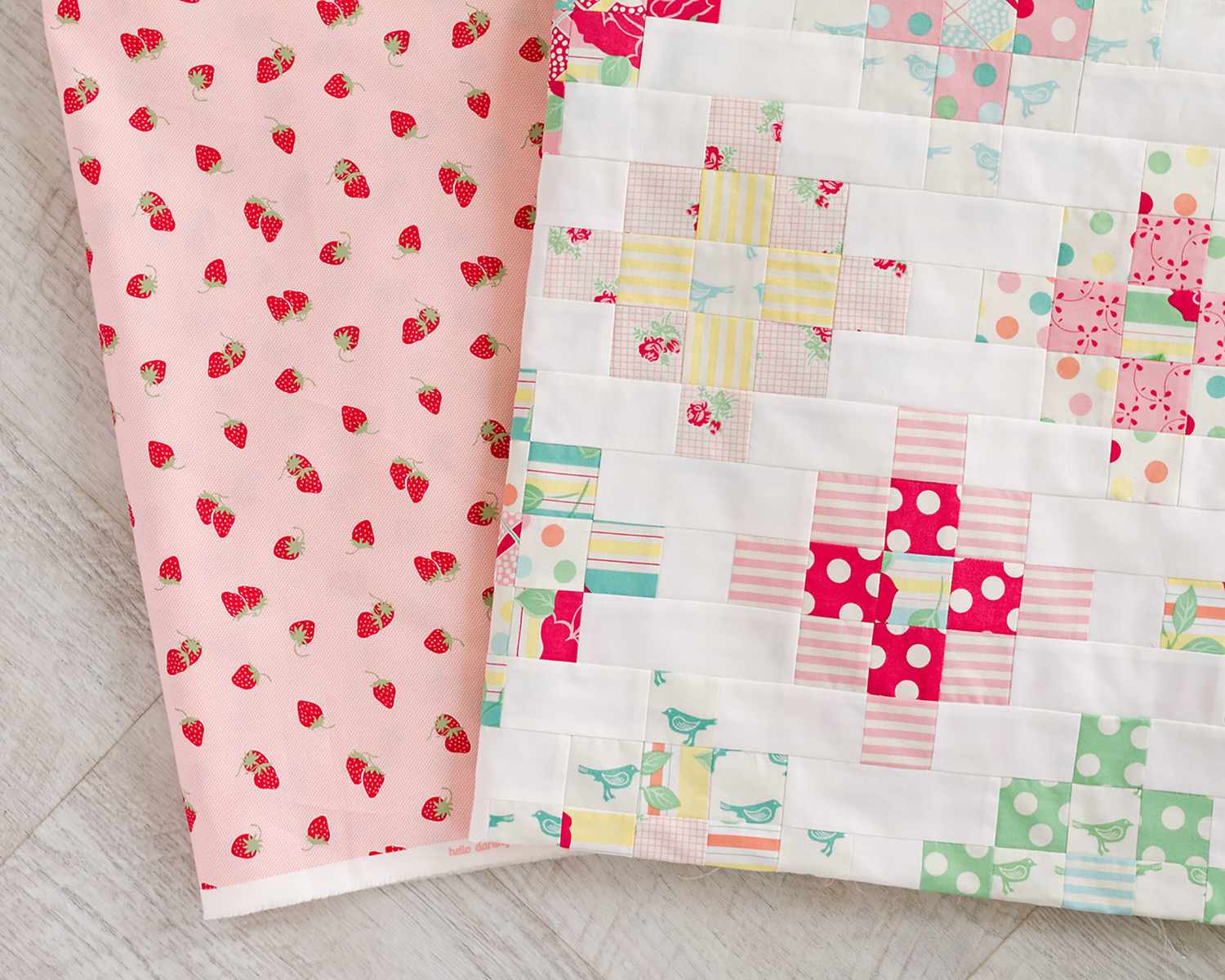
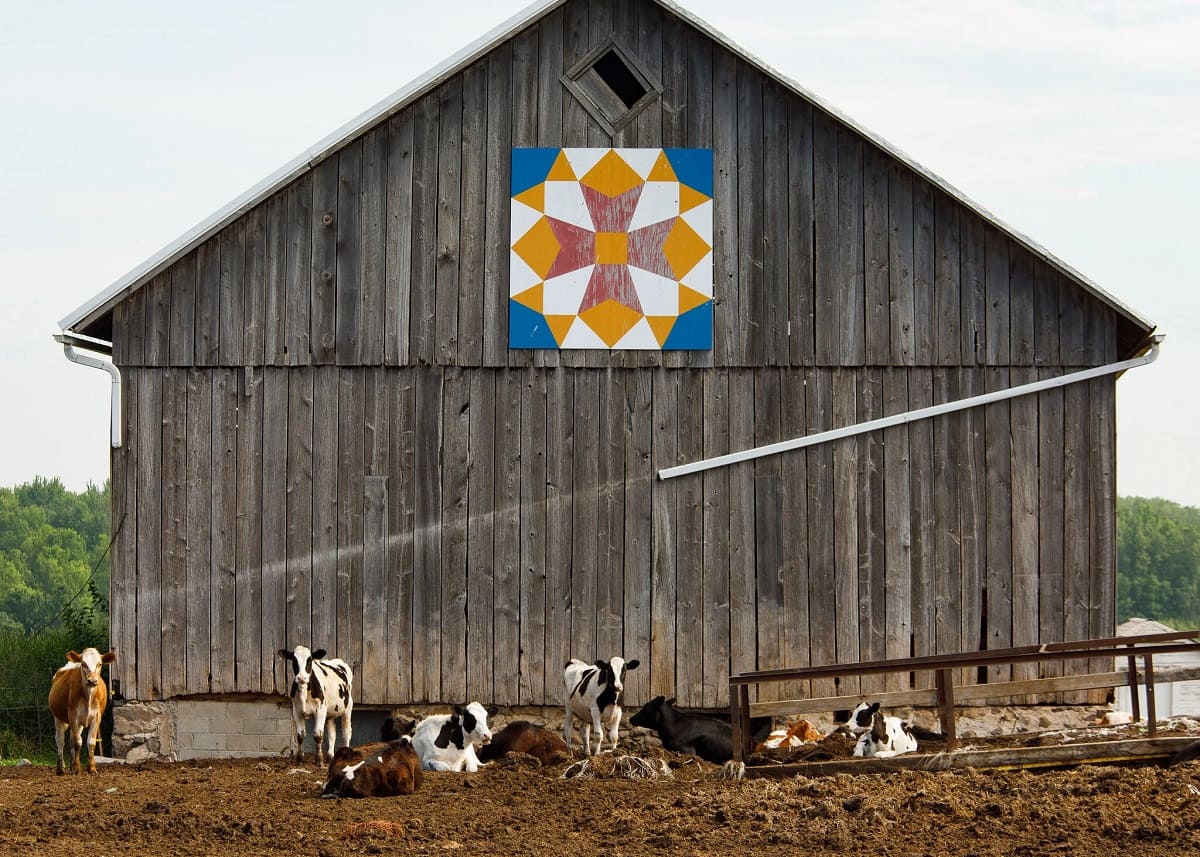
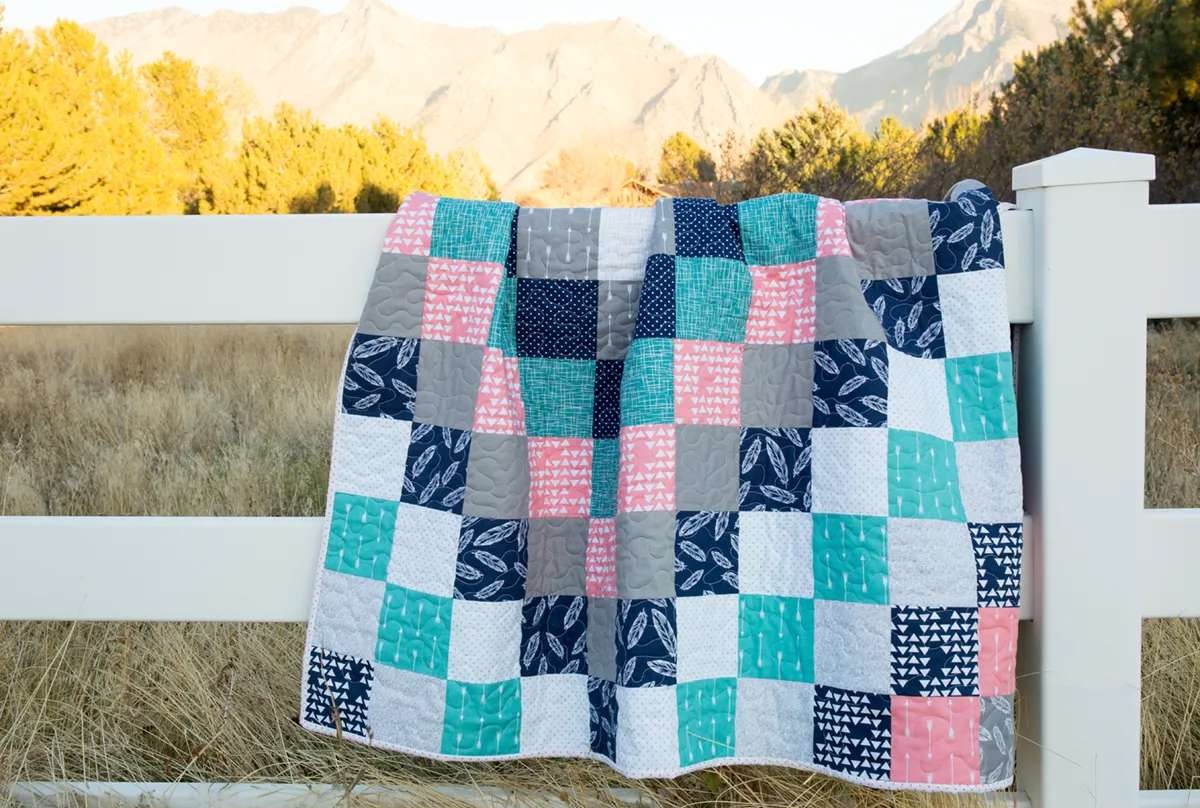
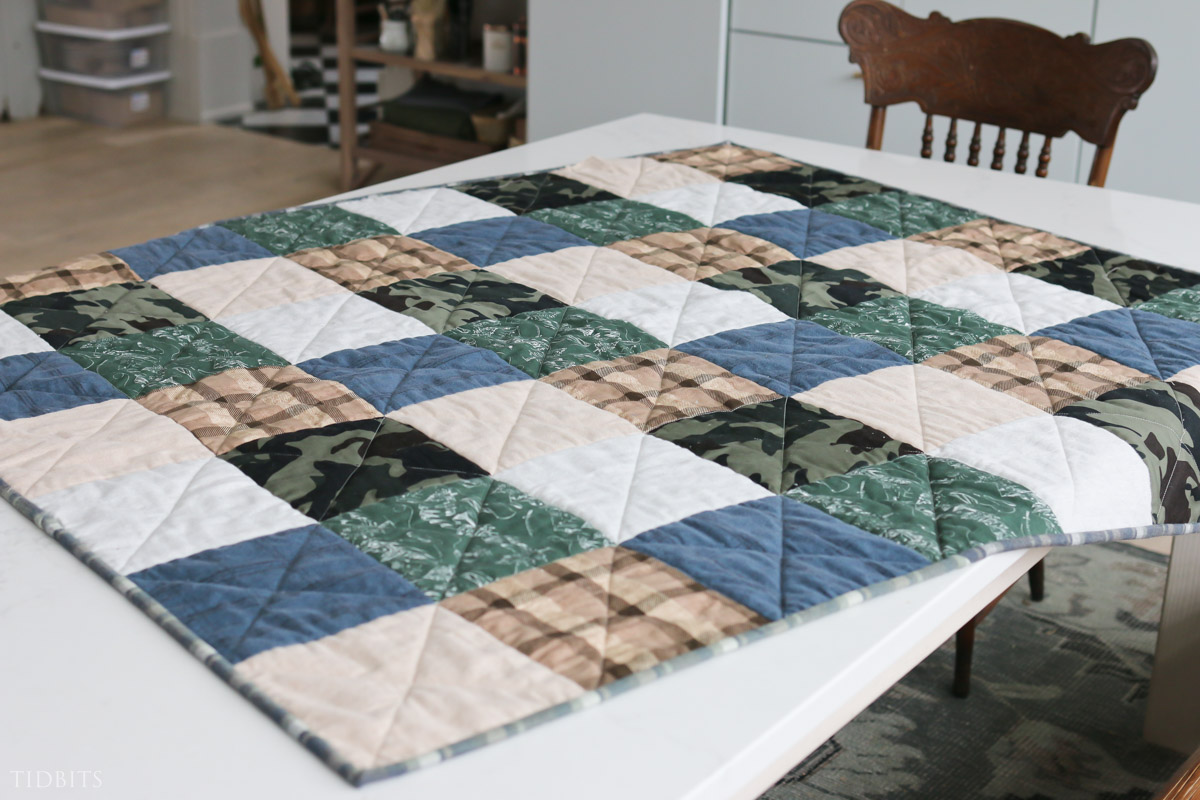
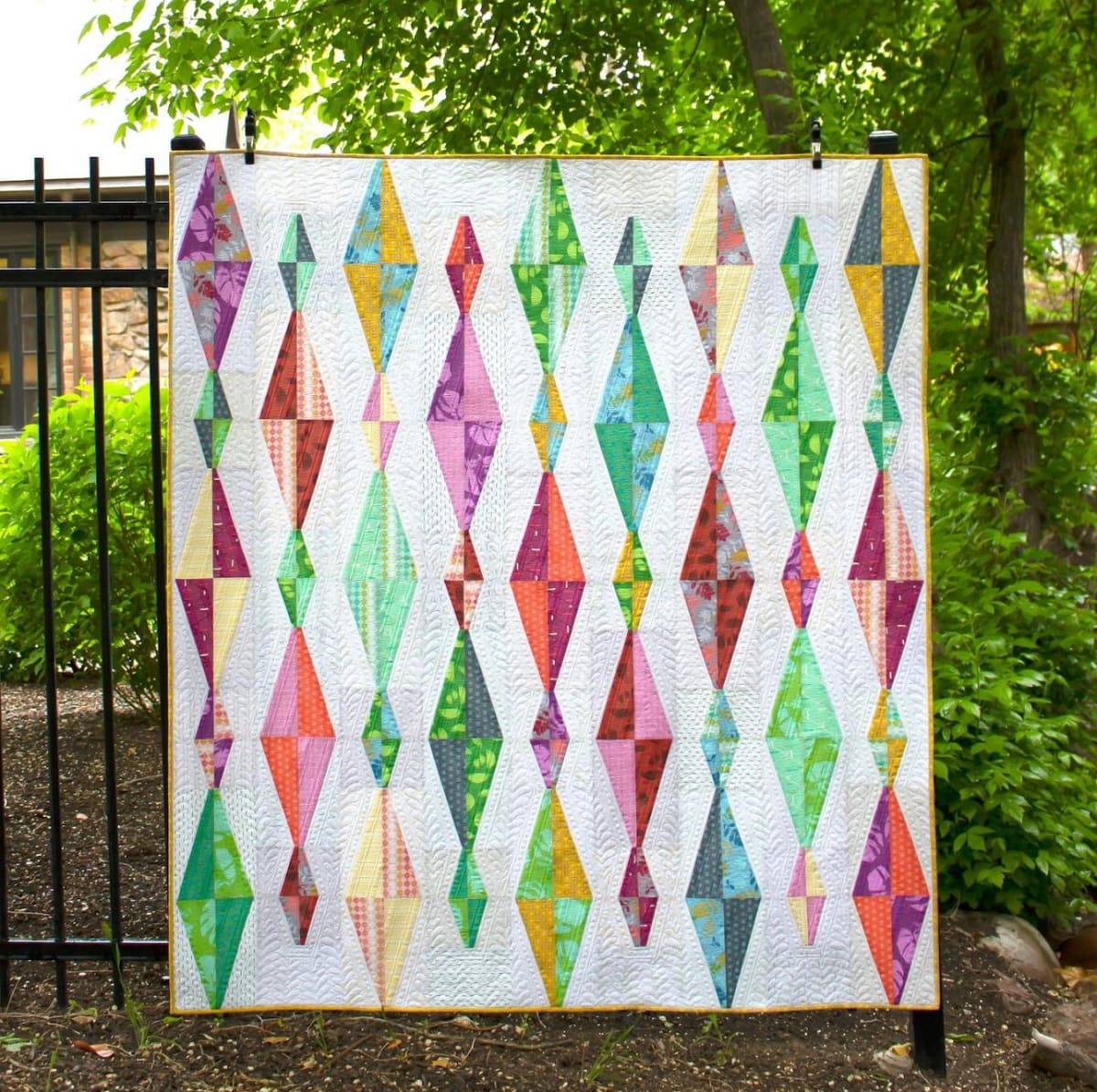
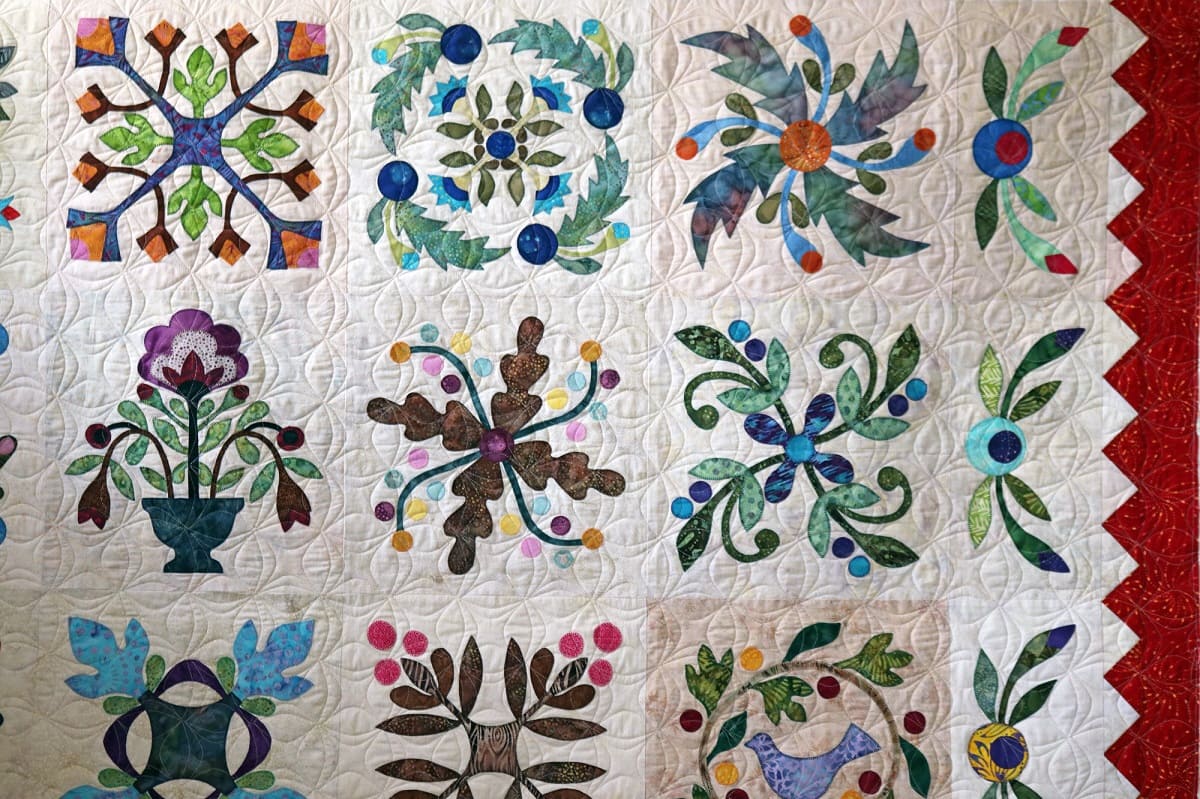
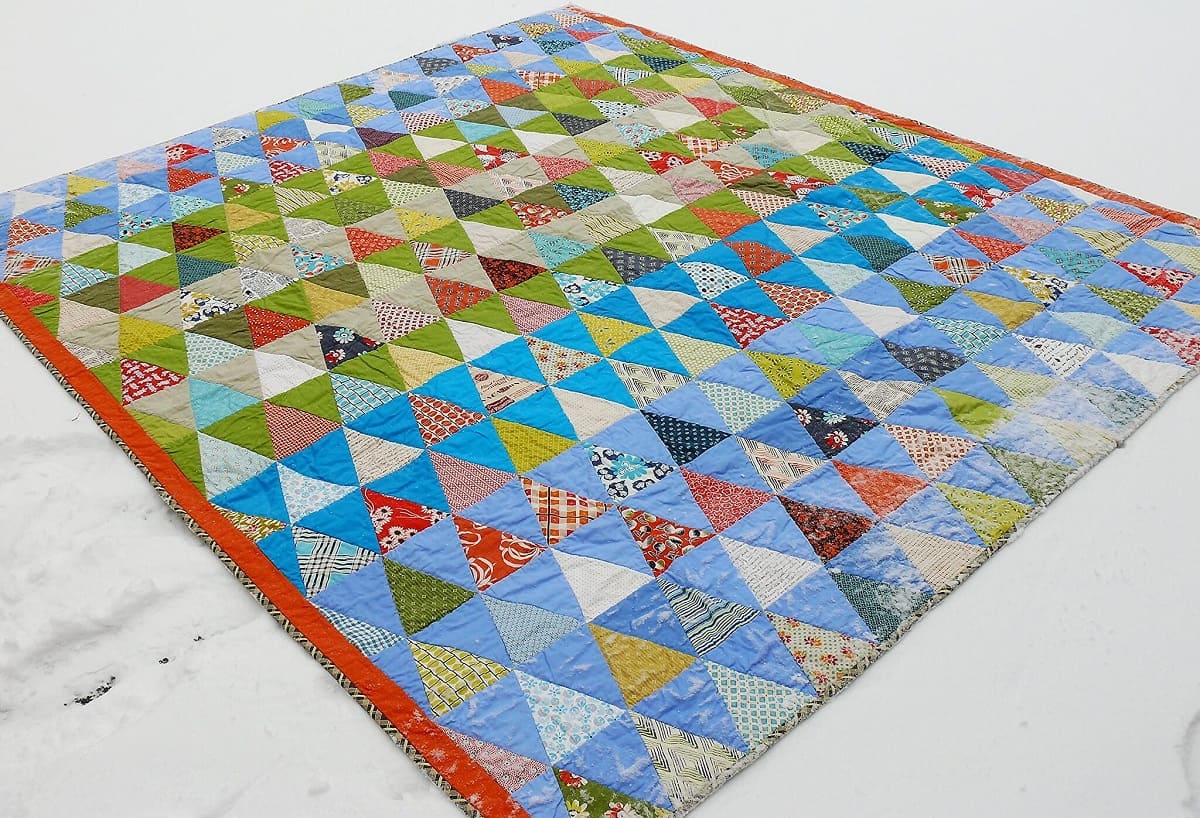
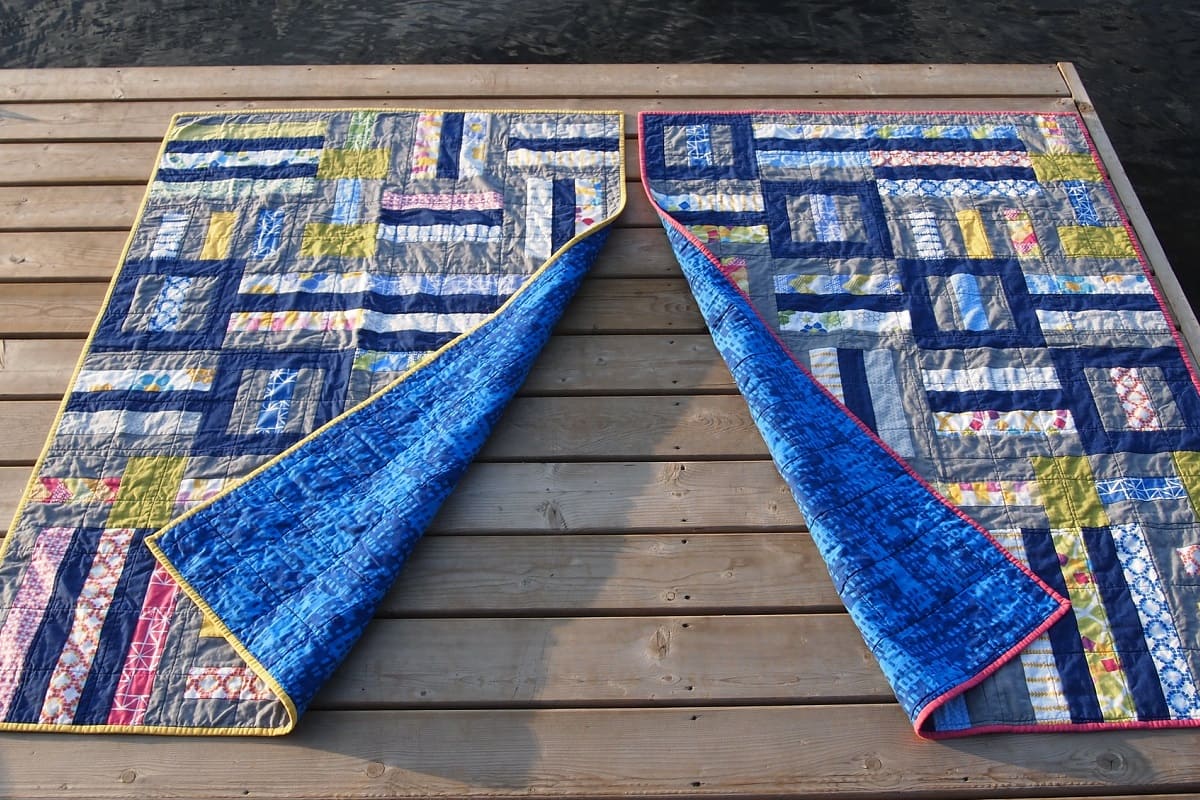
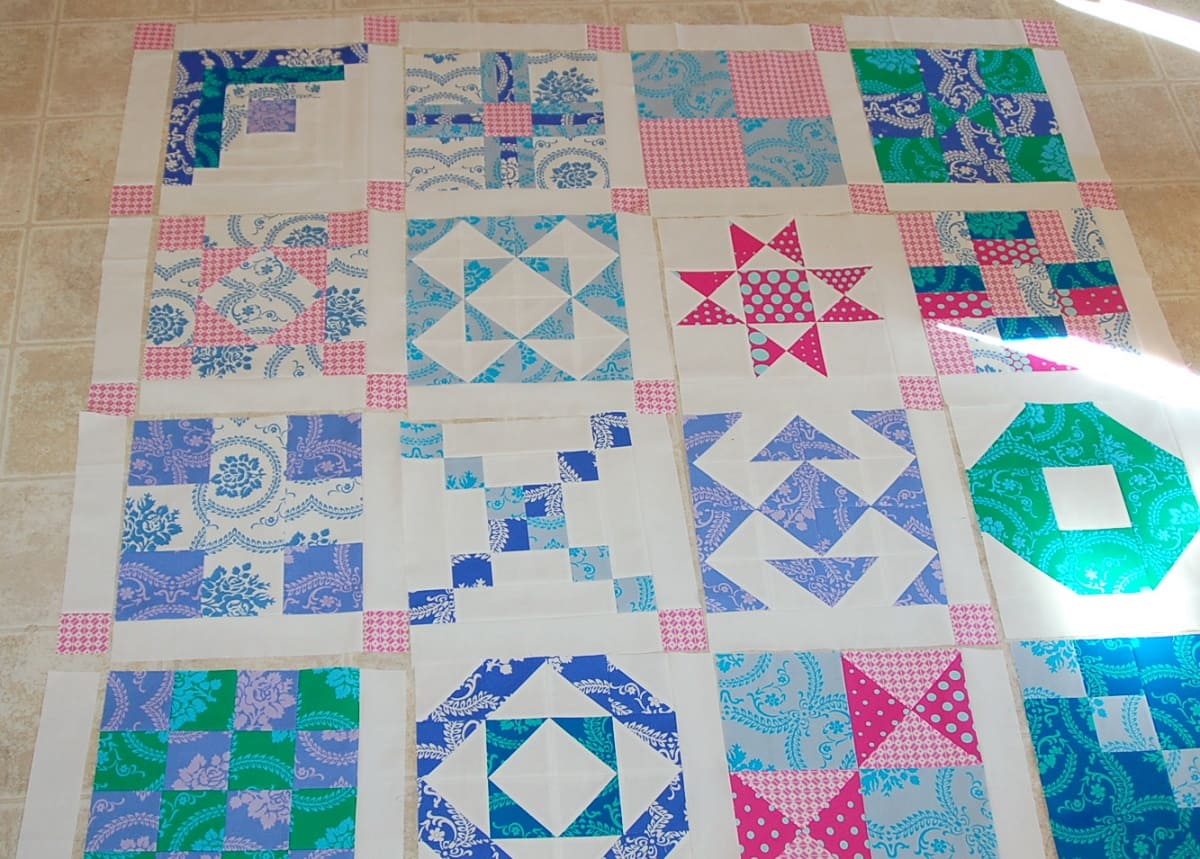
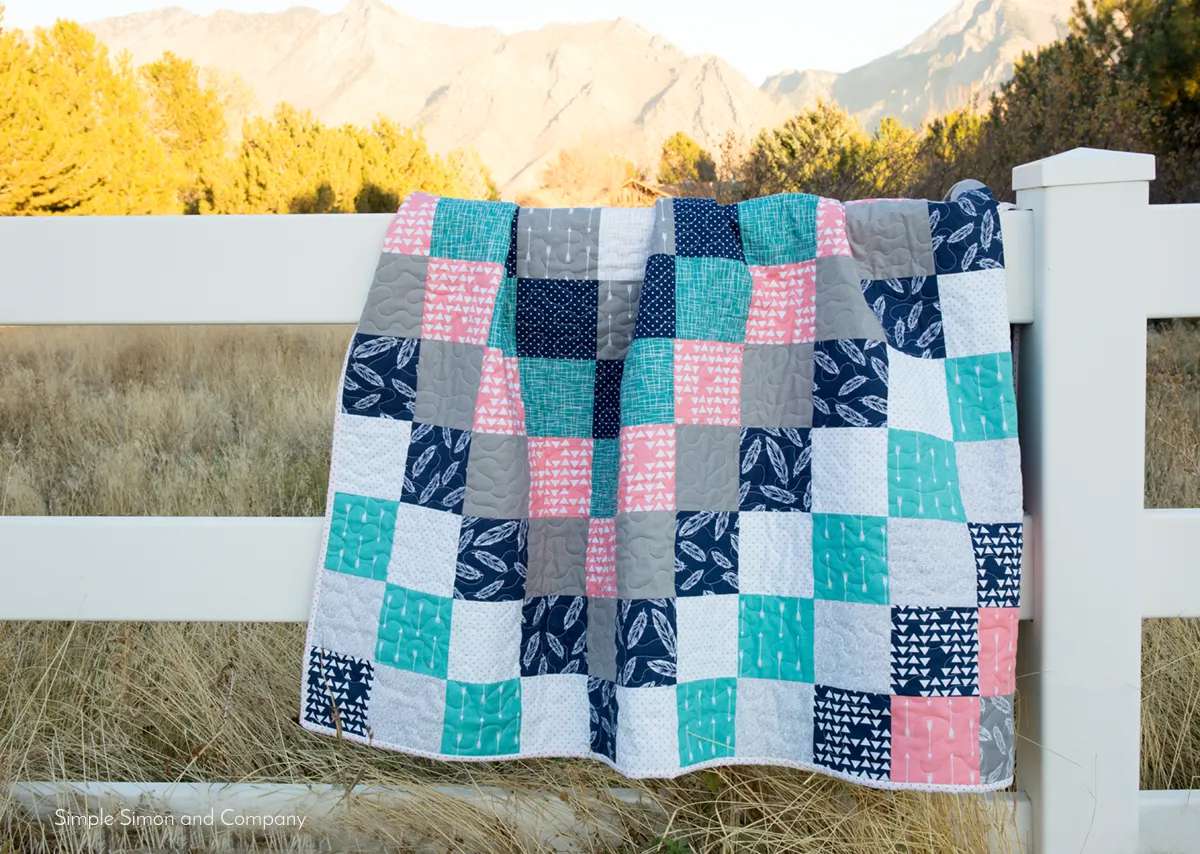

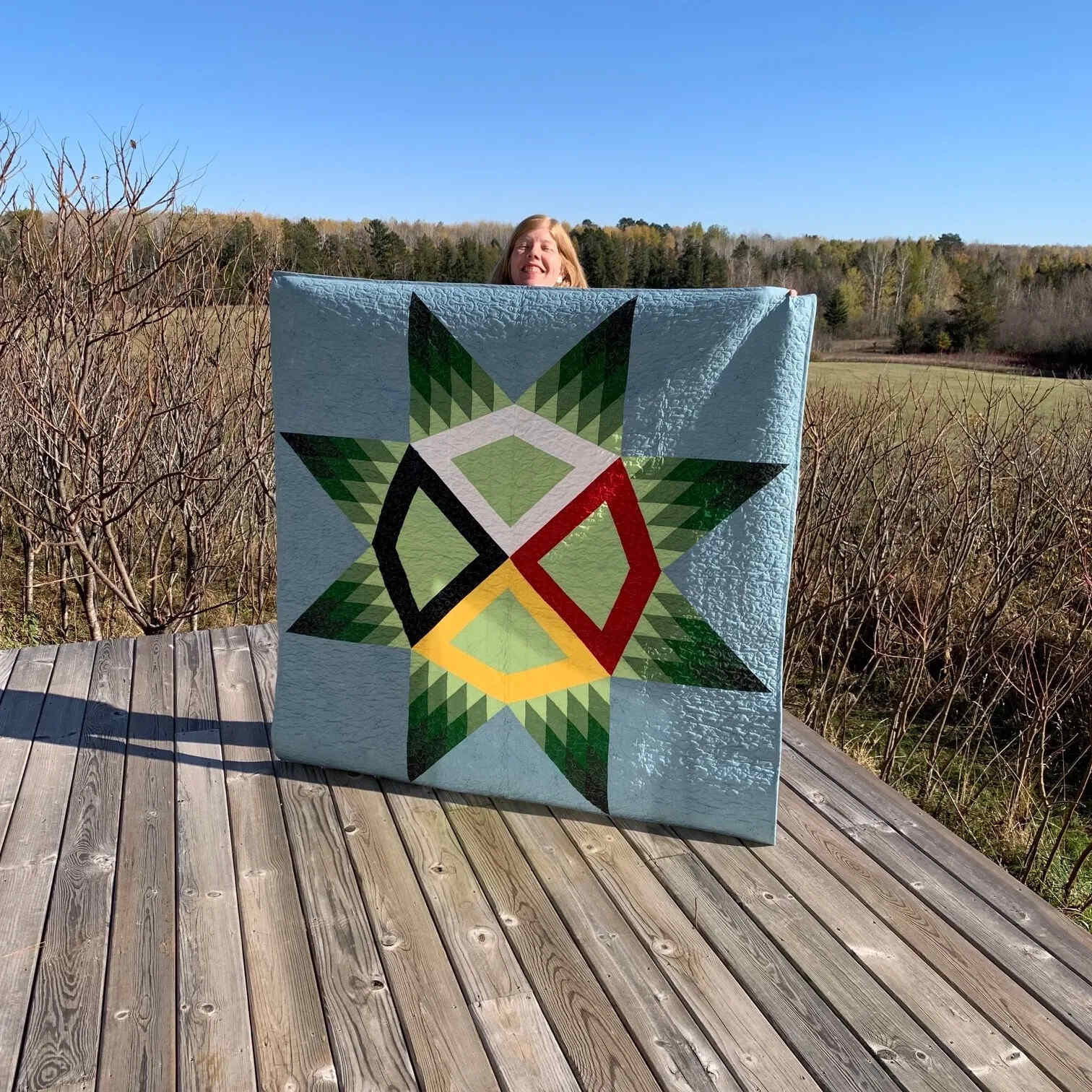
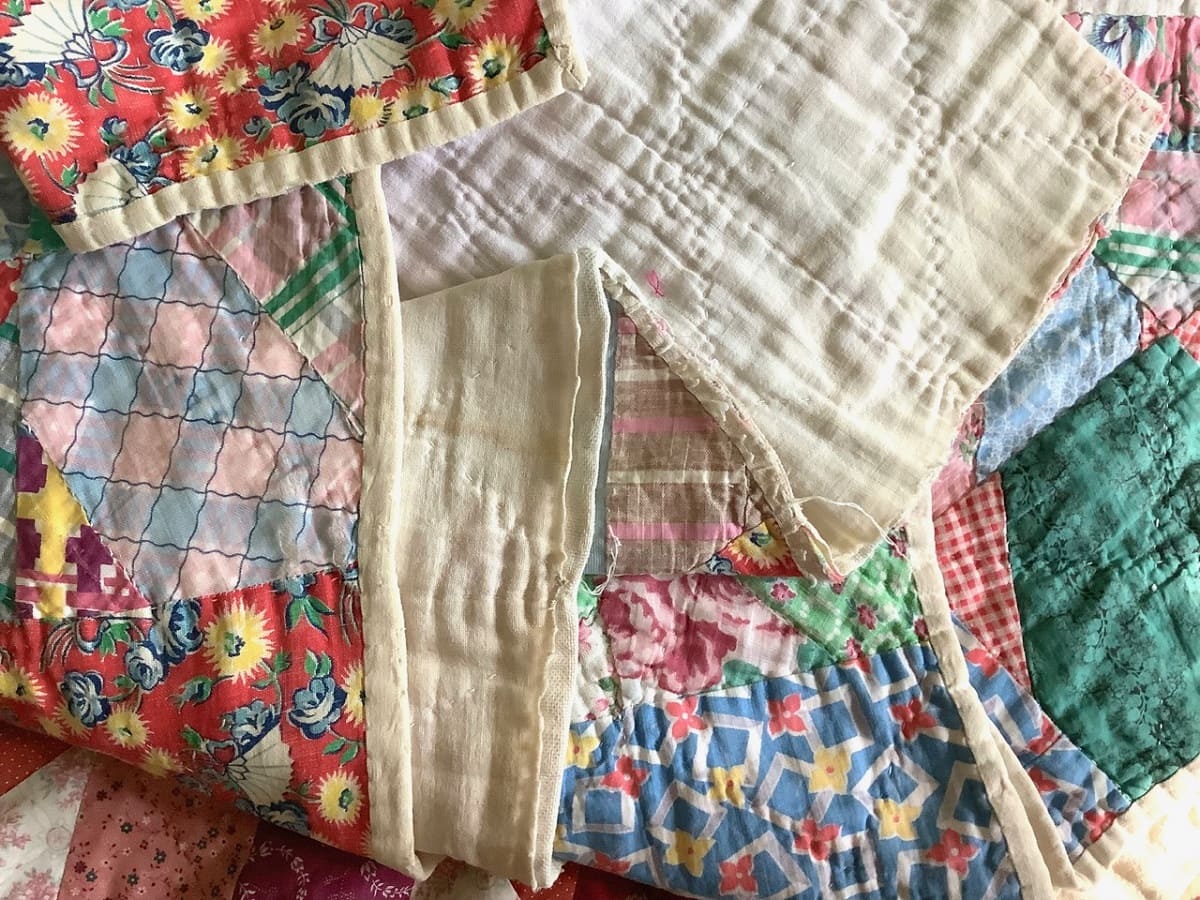
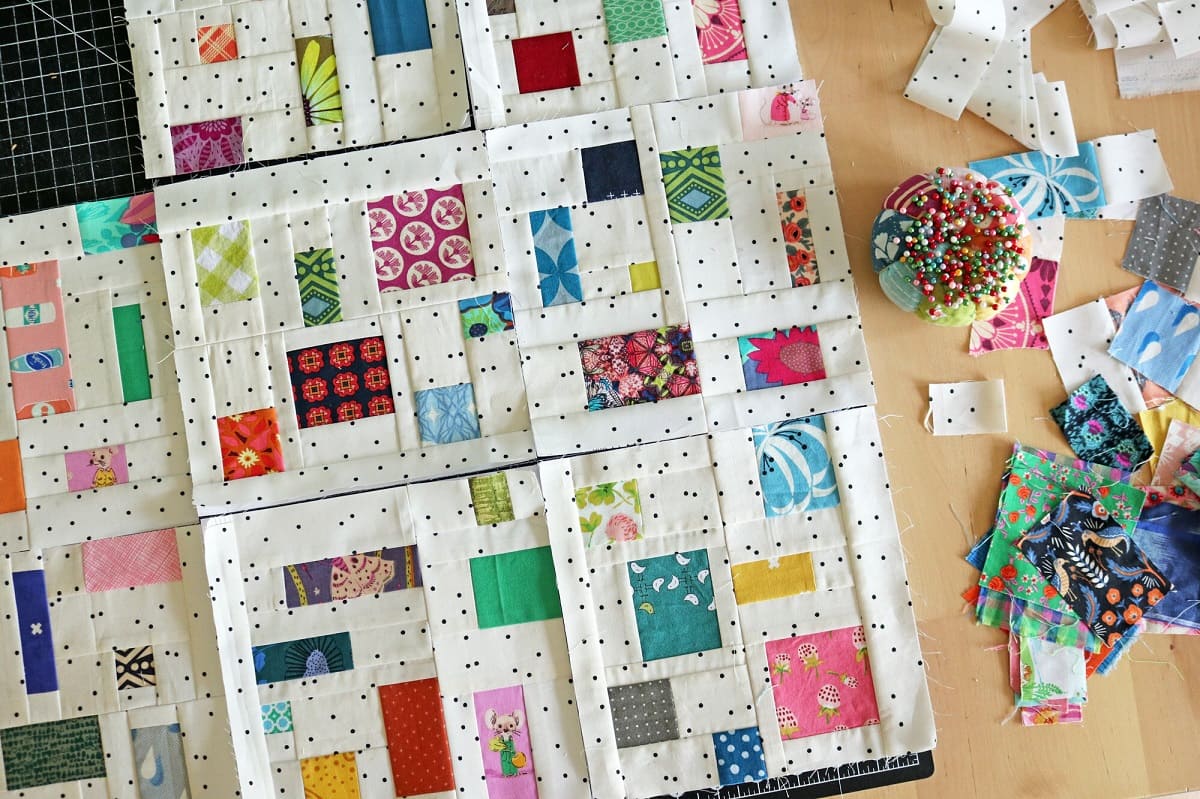

0 thoughts on “What Do Quilt Patterns On Barns Mean”